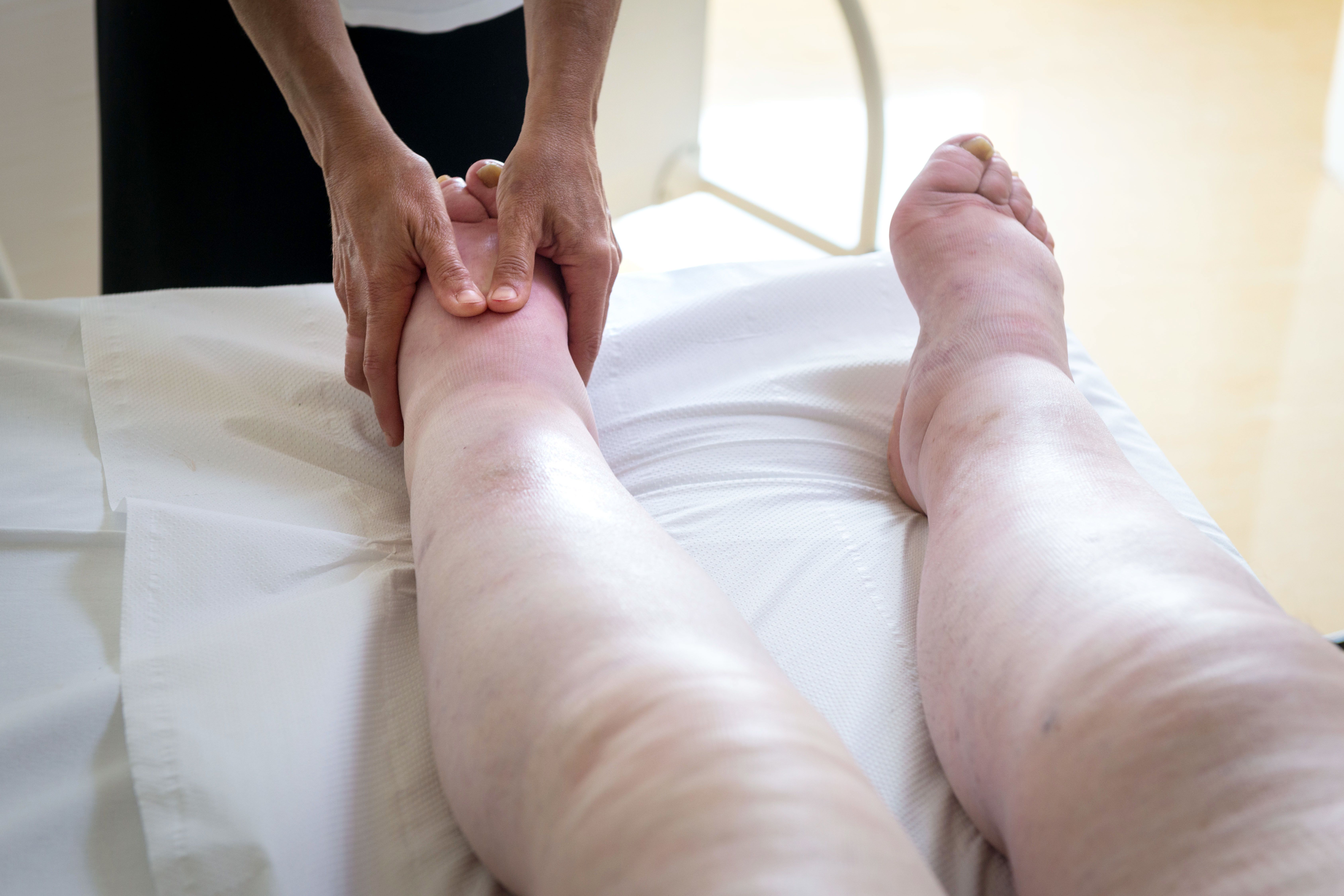- Acne
- Actinic Keratosis
- Aesthetics
- Alopecia
- Atopic Dermatitis
- Buy-and-Bill
- COVID-19
- Case-Based Roundtable
- Chronic Hand Eczema
- Chronic Spontaneous Urticaria
- Drug Watch
- Eczema
- General Dermatology
- Hidradenitis Suppurativa
- Melasma
- NP and PA
- Pediatric Dermatology
- Pigmentary Disorders
- Practice Management
- Precision Medicine and Biologics
- Prurigo Nodularis
- Psoriasis
- Psoriatic Arthritis
- Rare Disease
- Rosacea
- Skin Cancer
- Vitiligo
- Wound Care
Article
Malformations post treatment for venous and venous lymphatic malformations
Author(s):
Malformations are as a result of treatment with low-dose bleomycin injections, study shows.
Malformations are as a result of treatment with low-dose bleomycin injections, study shows. (©AdobeStock,113323799)

Low-dose bleomycin injections used to treat venous and venous lymphatic malformations might have an unanticipated side effect: curiously-shaped hyperpigmentation, researchers reported at the International Society for the Study of Vascular Anomalies’ (ISSVA’s) annual workshop in June.
“One of the standards of care in the interventional radiology community for patients with venous and venous lymphatic malformations is to inject a very, very low dose of bleomycin,” said Bernard Cohen, M.D., professor of pediatrics and dermatology, Johns Hopkins University, Baltimore. Dr. Cohen and colleagues presented on a handful of pediatric and adult patients treated with low-dose bleomycin for the malformations at the meeting which was held in Amsterdam.
The chemotherapy agent causes a clot to form, often making the malformation disappear. The treatment carries lower risk of scarring, pain and inflammation than with other agents, including alcohol according to Dr. Cohen.
Interventional radiologists at Johns Hopkins would often have Dr. Cohen consult on what appeared to be brown pigment in strange shapes. The pigmentation appeared in places where patients’ skin experienced minor pressure or trauma. The pigment, for example, might be in the shape of electrocardiography (EKG) leads, tape or the neckline of a hospital gown.
“Not only was this a clue to what was causing the pigmentation in patients getting treated for these venous malformations, but it was also a clue for the funny pigment in patients who get bleomycin at a higher doses for chemotherapy,” Dr. Cohen said. “The pigmentation we see when patients have had higher doses of bleomycin might be related to their scratching itchy skin after treatment.”
Providers tend to favor bleomycin treatment for patients with these malformations because of the low risks for intense inflammation or ulceration on the skin’s surface.
“It’s important to explain to these patients that while bleomycin injection for venous and venous lymphatic malformations is safe and not likely to make a scar or an ulcer, it may leave some pigmentation,” he said. “If dermatologists have patients with weirdly-shaped pigmentation, they should ask the patients if they’ve been treated with bleomycin.”
Dr. Cohen recommends that patients with the pigmentation use sunscreen to protect it from darkening. He also tells patients to avoid putting pressure on their skin in the weeks following treatment. In most cases, the hyperpigmentation resolves with time, he said.
OTHER RELATED PRESENTATIONS
Meeting presenters emphasized the importance of early recognition and diagnosis of what could be troublesome hemangiomas.
“The consensus was hemangiomas that are likely to grow or cause complications-particularly those which cause major cosmetic deformities or functional impairment-should be evaluated and treated in the first four to six weeks of life,” Dr. Cohen said. “Early recognition and early treatment is much more likely to prevent complications that require all sorts of treatment down the road.”
Hemangiomas of the head and neck are important because they’re visible to the world. The diaper area is important because hemangiomas there tend to break down and cause all kinds of trouble, Dr. Cohen said.
Segmental hemangiomas may be associated with structural and vascular anomalies of the brain, heart, abdominal and genitourinary structures. These usually are large lesions following embryologic segments at strategic sites, such as the face and neck, lower back, buttocks and perianal and genital skin, he said.
The early recognition and treatment message is the same for vascular malformations, which are usually present at birth and may become more prominent over months to years . Some of these lesions may respond better to treatment, such as laser treatment for port wine stains, early in life. Some require providers to evaluate them for associated underlying anomalies, such as Sturge-Weber syndrome with facial port wine stains and lumbosacral malformations with port wine stains over the midline of the lower back.
Larger malformations also tend to be more troublesome, he said.
REFERENCES
Milbar HC, Jeon H, Ward MA, et al. Hyperpigmentation Secondary to Bleomycin Sclerotherapy: A Case Series. International Society for the Study of Vascular Anomalies 22nd Annual Workshop, May 29 to June 1, 2018, Amsterdam, http://www.issva.org/.
Newsletter
Like what you’re reading? Subscribe to Dermatology Times for weekly updates on therapies, innovations, and real-world practice tips.
















